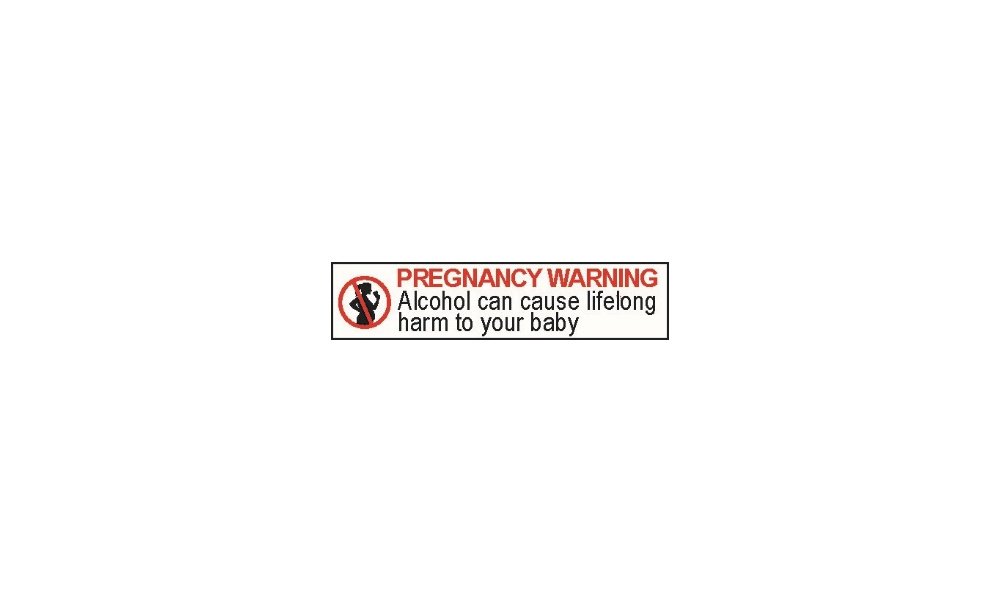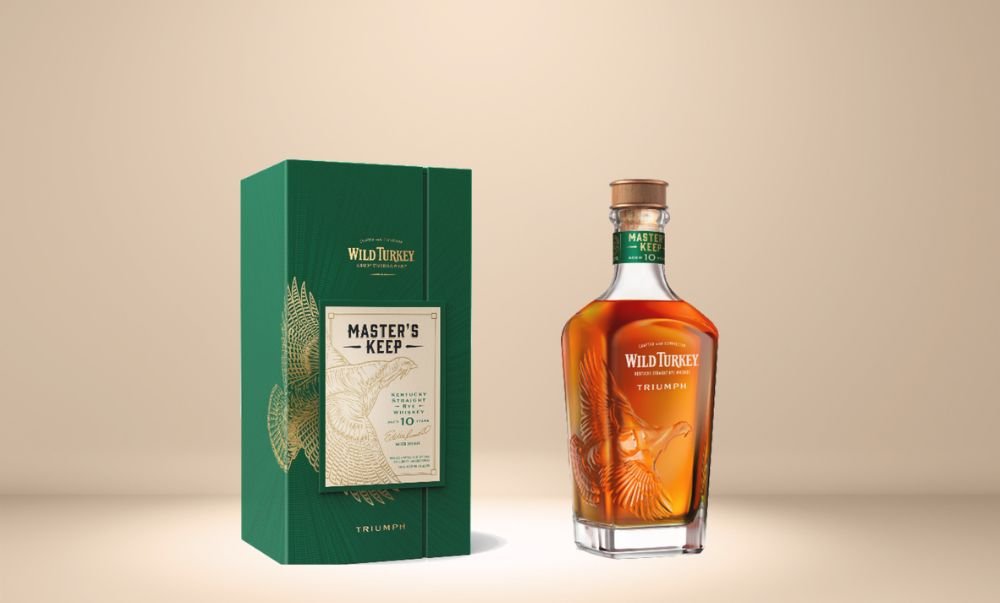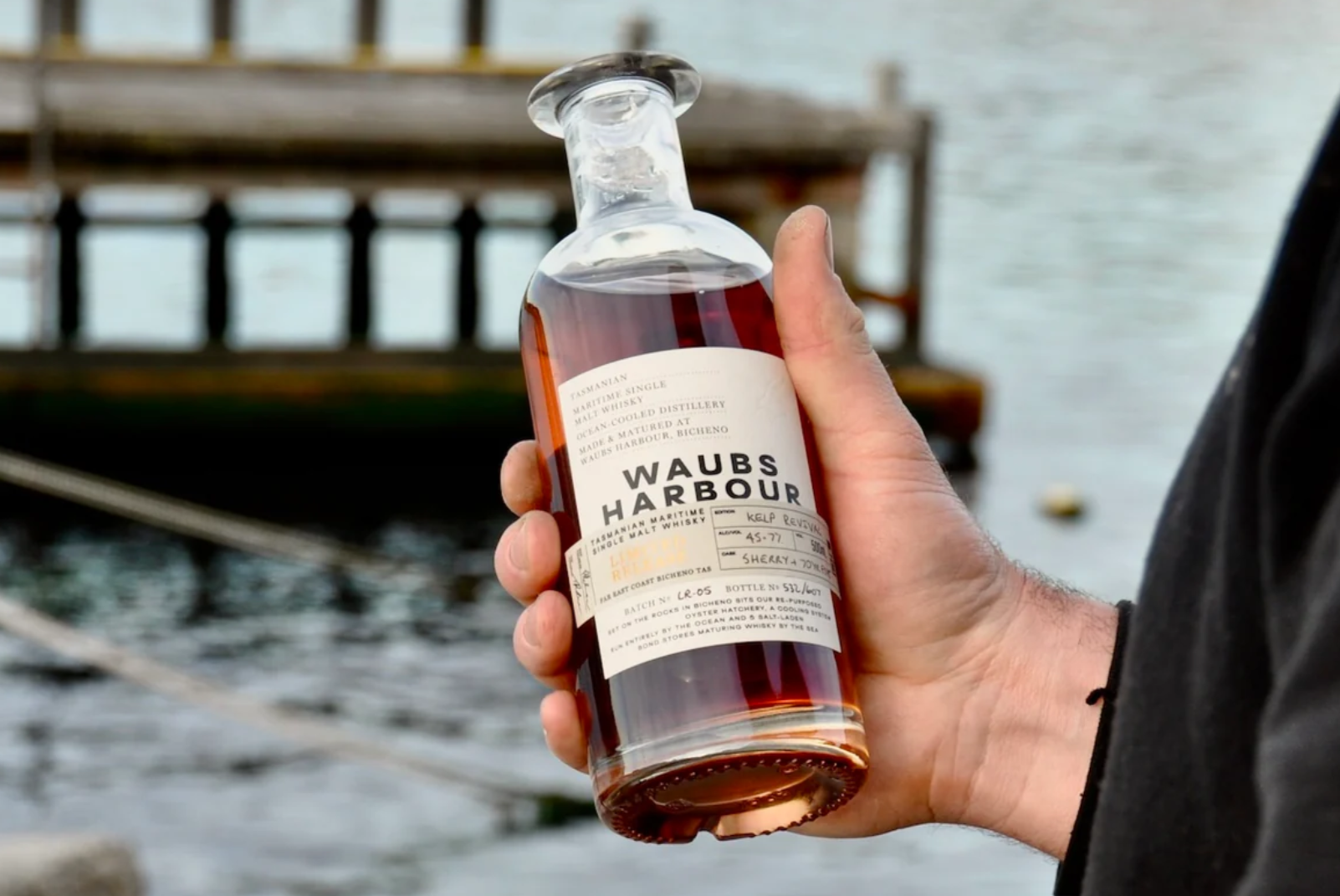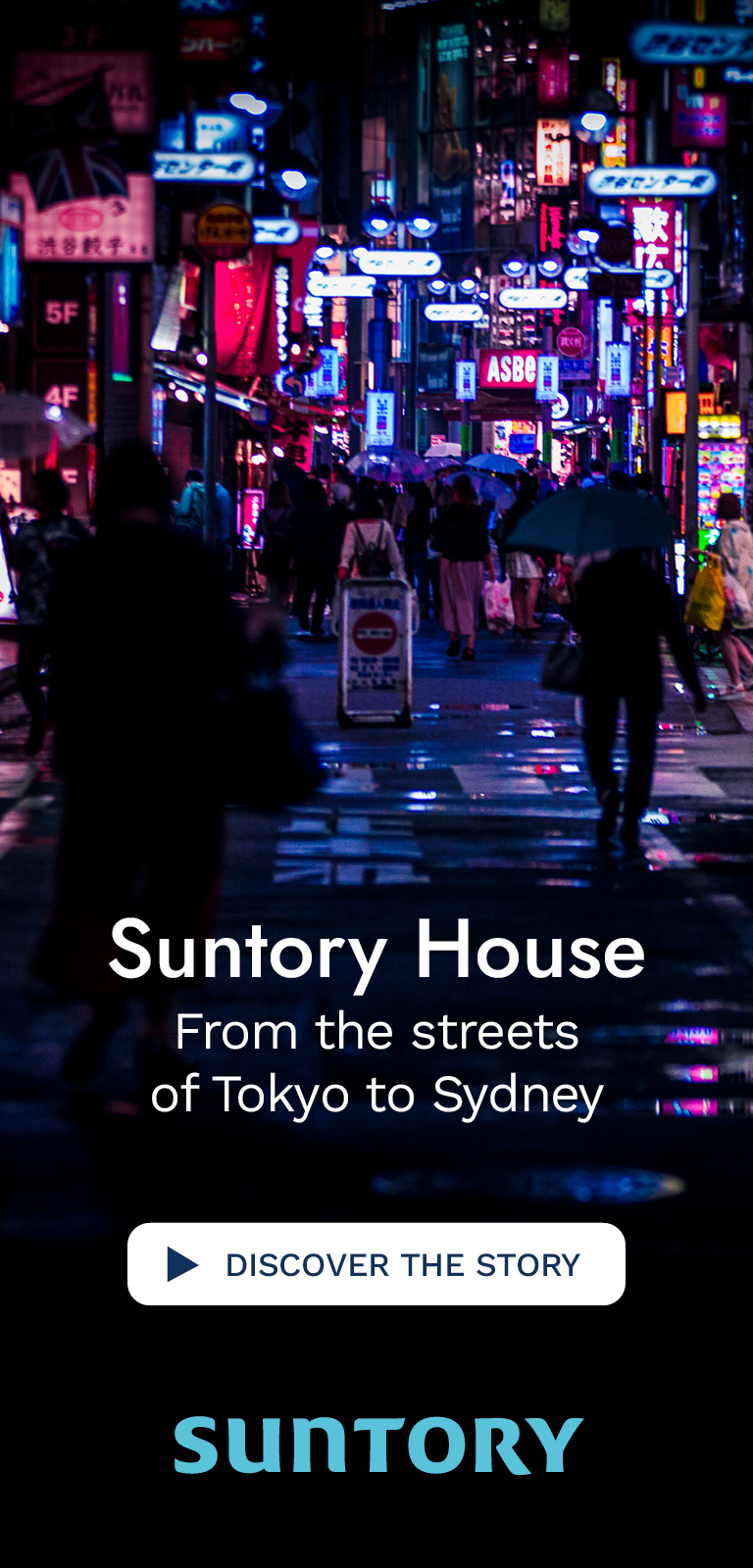There are fears Australia's smaller beer, wine and spirits producers will be forced out of business by today's decision to implement a prescribed colour scheme for pregnancy warning labels.
Pregnancy warning labels will be mandatory on alcoholic beverages under recommendations agreed to by representatives of The Australian and New Zealand Ministerial Forum on Food Regulation. Manufacturers have three years to implement the new label across all alcoholic beverages.
The forum brought together all Australian State and Territory Ministers responsible for food, as well as the Commonwealth and New Zealand ministers.
The Australian Government had proposed an amendment to remove the colour prescriptions for the label, however representatives from Victoria, Tasmania, Western Australia, NT, and the ACT achieved a majority vote for a three-colour label.
Alcohol Beverages Australia said that while producers support mandatory labelling, the three-colour version that has been approved by the Forum will involve "drastic costs".
Andrew Wilsmore, CEO of Alcohol Beverages Australia, said that he was pleased that the industry’s voluntary labelling initiative, instituted in 2014 and now in almost universal usage, will be strengthened and made mandatory.
“Our pictogram of a pregnant woman holding a glass with a line through her silhouette is familiar sight to many Australians, and we support the evolution and wider implementation of the design." he noted.
“But we’re extremely disappointed that some Ministers have chosen to ignore the voices of thousands of small brewers, winemakers and distillers across the country by deviating from the usual requirements for contrast colours in favour of a strict red-black-white colour scheme that will cost producers hundreds of millions of dollars per year.
“Even poison labels don’t have to meet those requirements.”
Wilsmore said that many small producers would be faced with set-up costs of close to $100,000 to pay for the initiative, which when combined with the ongoing devastating impacts of COVID-19 would push some them over the brink and out of business.
“Larger producers will also take a big hit, with one-off costs equivalent to the annual salaries of close to 6500 employees,” Wilsmore said.
“Mandatory pregnancy labelling is a positive step forward, but the same outcome of a highly visible warning could have been achieved at far less cost, and this couldn’t have come at a worse possible time for producers.
“On behalf of Australia’s award-winning beer, wine and spirit producers we commend the Commonwealth, NSW, Queensland and South Australia for moving an amendment to provide for an impactful yet affordable contrast label similar to all other food and beverage warnings.
"It is deeply disappointing that this sensible and balanced proposal did not enjoy the support of the other States and Territories.”
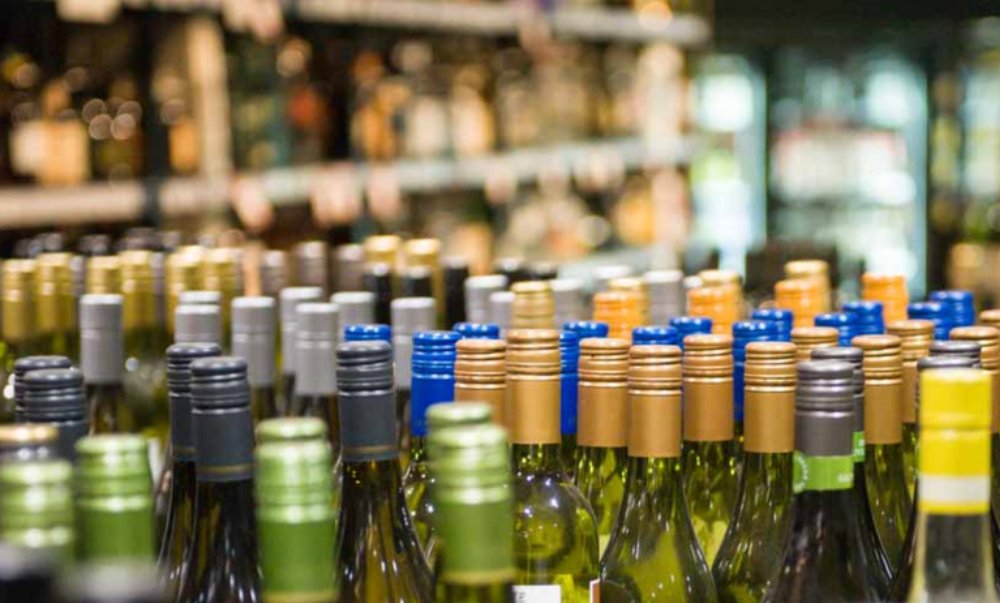
Tony Battaglene, chief executive of Australian Grape and Wine, said the decision will "drive small wine businesses into the ground".
“Small family-owned wine businesses simply won’t be able to take this kind of hit, especially on the back of drought, bushfires, smoke and now COVID-19,” he said.
Australian Grape & Wine estimated that if contrasting colours were used instead of the three proposed mandatory colours, wine businesses would save around 35% per SKU compared to the more costly option.
Beer industry devastated by ruling
The Independent Brewers Association said the "bureaucratic decision" to change alcoholic warning labels could result in the loss of over 600 breweries across the country and bring the craft beer industry to its knees.
“This decision is one of the worst examples of over-regulation in recent memory”, said Peter Philip, Chairman of the IBA and founder of Wayward Brewing in Camperdown Sydney.
“We support mandatory labelling, but we’re extremely disappointed that certain Ministers have chosen to ignore the pleas of indie brewers across the country.
“By deviating from the usual requirements for contrast colours in favour of a strict redblack-white colour scheme, 600 small brewers are under threat including the thousands who work for them. “It will absolutely result in people losing their jobs and the cost of independent beer to go up.
“This will be devastating to small breweries at a time when we are just starting to recover from COVID-19 and are looking down the barrel of a global recession."
The IBA has estimated the cost of implementation to exceed $113 million over the next 10 years including $44 million in one-off costs.
The Brewers Association of Australia said it fully supported mandatory pregnancy warning labelling, but not the prescribed colour scheme.
"Labels must be clear and stand-out, but FSANZ’s mandatory colours are not necessary to achieve those objectives and come at a huge, unreasonable cost to consumers and producers – exceeding $400 million and more in ongoing costs.
"Ministers identified this unreasonable impost in March this year when the Ministerial Food Forum (the Forum) directed FSANZ to review its original recommendation because of problems mandating colours causes.
"These unreasonable and unnecessary costs are even more concerning as the entire community is dealing with the tremendous economic impact of COVID-19, which is decimating large parts of the beverages and hospitality sectors and the jobs they provide."
Share the content
